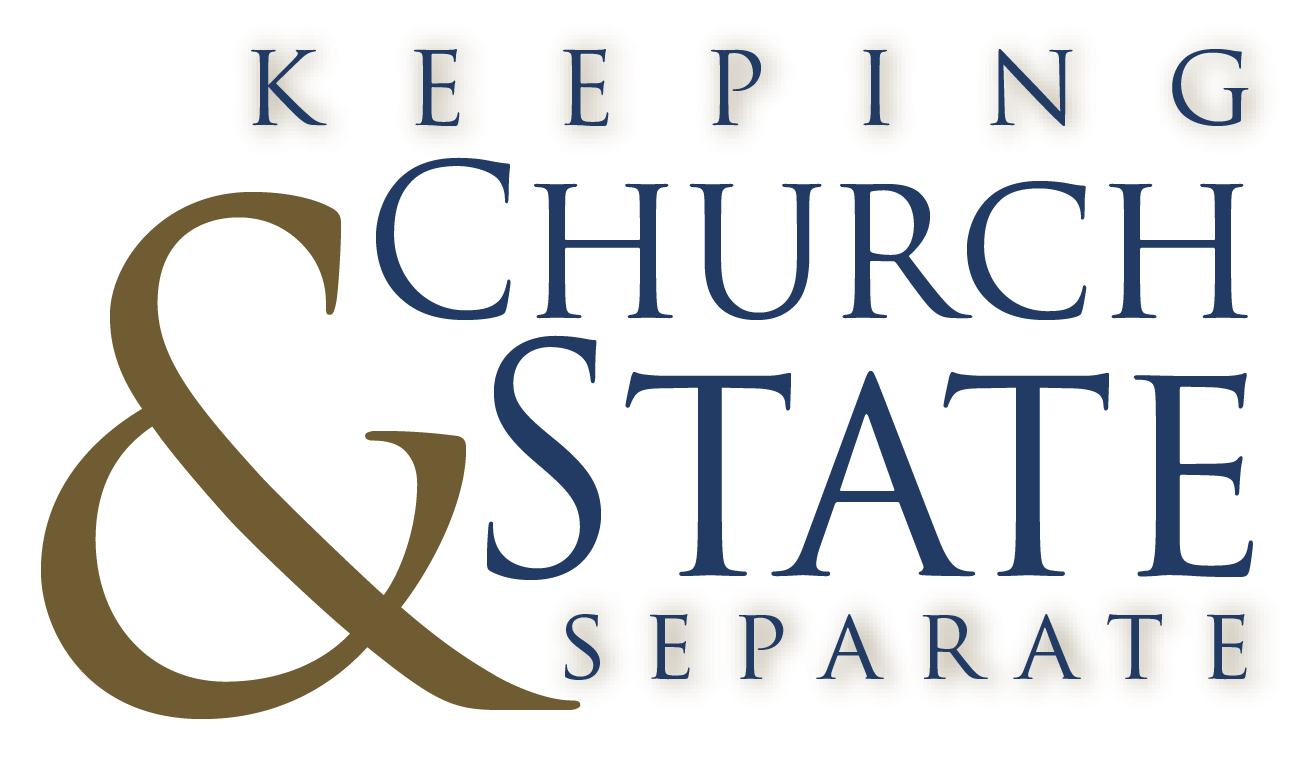The First Amendment’s Religion Clauses
Religious liberty in the United States of America is protected by the two religion clauses found in the first 16 words of the First Amendment:
“Congress shall make no law respecting an establishment of religion, or prohibiting the free exercise thereof;”
The Establishment Clause (“Congress shall make no law respecting an establishment of religion”) and the Free Exercise Clause (“…or prohibiting the free exercise thereof”) are those twin guarantees of religious freedom.
The Establishment Clause keeps government from advancing or privileging religion and from becoming excessively entangled with religion.
The Free Exercise Clause keeps government from burdening or interfering with religious practice unless government can assert some paramount interest such as peace, safety, or public health and welfare.
The two clauses were intended to keep government neutral — neither helping or hurting religion, but disengaging from religion to allow people of faith (or of no faith) to practice their religion as they see fit.
“Both of the First Amendment’s religion clauses – no establishment and free exercise – are essential to ensuring religious liberty,” BJC Executive Director Brent Walker explained during the 2013 Shurden Lectures. “They stand as equal and counterpoising buttresses upholding the wall of separation between church and state, as the means to the end of ensuring religious liberty for all. A proper understanding of the institutional and functional separation of church and state, therefore, requires government to facilitate religion without advancing it; protect religion, but without promoting it; lift burdens on the exercise of religion, but without extending impermissible benefits.”
For more on this topic:
BJC’s Church-State Separation page
BJC’s “What is religious liberty?” page (with printable handout)
A new primer on a ‘touchy subject’
By J. Brent Walker
Recap of Walker’s 2013 lectures on the theme “Religious Liberty and Church-State Separation: What a Touchy Subject!”





